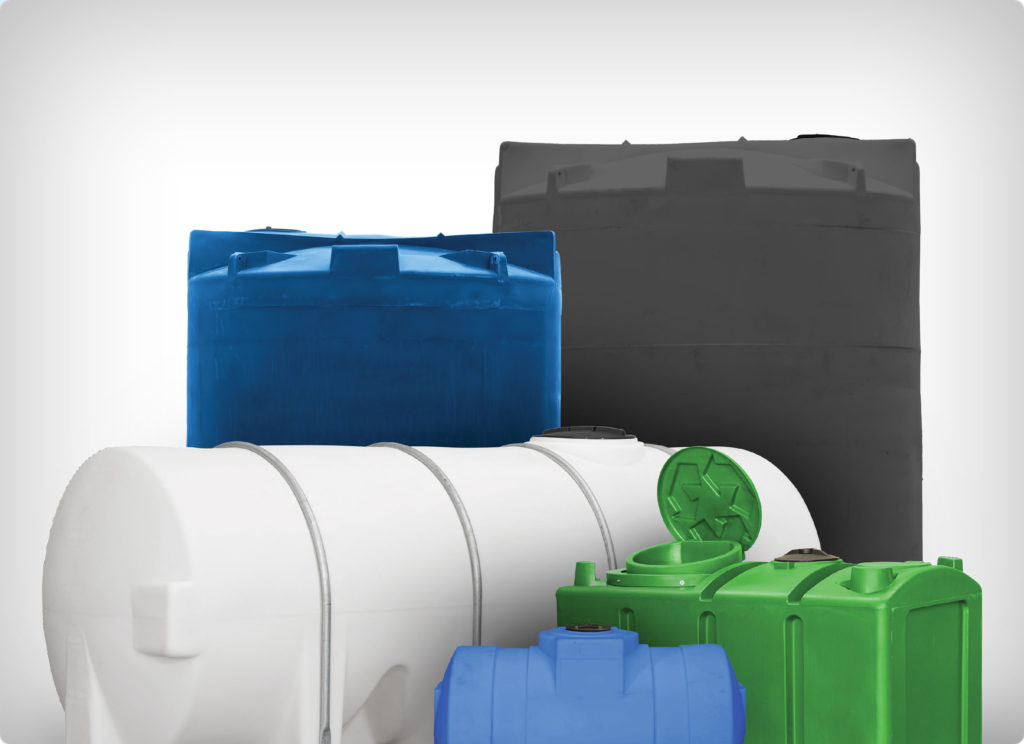Manufacturing processes continue steadily to evolve as industries find impressive techniques to produce supreme quality, durable, and cost-effective goods. Among these methods, Rotational Molding, is making significant strides. This versatile manufacturing method is disrupting traditional functions and has become a go-to alternative for creating complex, worthless, and resilient plastic products.
What is Rotomolding?
Rotomolding is a manufacturing process that involves heating and twisting shapes full of polymer powders. The turning guarantees that the material equally layers the mold's inside, creating evenly heavy and easy plastic products. After the substance is consistently distributed and cooled, the last solution is launched from the mold. From water tanks and kayaks to playground equipment and commercial storage units, rotomolding can be used across varied industries.

Key Advantages of Rotomolding
One of many reasons rotomolding is reshaping the manufacturing landscape is its ability to solve the issues associated with different old-fashioned methods like procedure or hit molding. Here's why it's getting recognition:
•Cost-Effective for Low-Volume Production
While other manufacturing techniques usually involve large transparent costs for shapes and machinery, rotomolding characteristics lower investment in tooling, rendering it a great selection for custom and low-volume production. This freedom in manufacturing enables manufacturers to offer personalized and small-batch products and services without incurring significant expenses.
•Complicated Designs Created Easy
Rotomolding allows makers to generate complicated and step-by-step structures that would be hard or difficult with different methods. Delicate styles, undercuts, and little style elements are typically treated, setting up a full world of impressive designs.
•Durability and Power
Services and products developed through rotomolding are noted for their standard depth and durability. This method reduces flaws and weld lines which can be usually an issue with traditional production techniques, ensuring supreme quality and long-lasting products.
•Waste Decrease
With sustainability becoming a main focus for industries, rotomolding appeals as an environmentally aware process. Surplus plastic powders can be recycled back in the creation cycle, significantly lowering substance wastage.

Numerous Industries Accept Rotomolding
Industries like automotive, agriculture, and underwater have widely used rotomolding for the versatility. Like, the automotive market employs rotomolding to produce resilient energy tanks and interior parts. Similarly, agricultural gear producers take advantage of the process to develop long-lasting storage units and machinery parts. Even the furniture market uses it to design glossy and sturdy outdoor furniture.
Rotomolding is indicating to be always a important development that drives effectiveness and creativity in manufacturing, giving industries with the capability to meet consumer needs for durable and cost-effective items while lowering environmental impact. That rising trend shows number signs of decreasing, and it's secure to say that rotational molding is redefining manufacturing norms.
